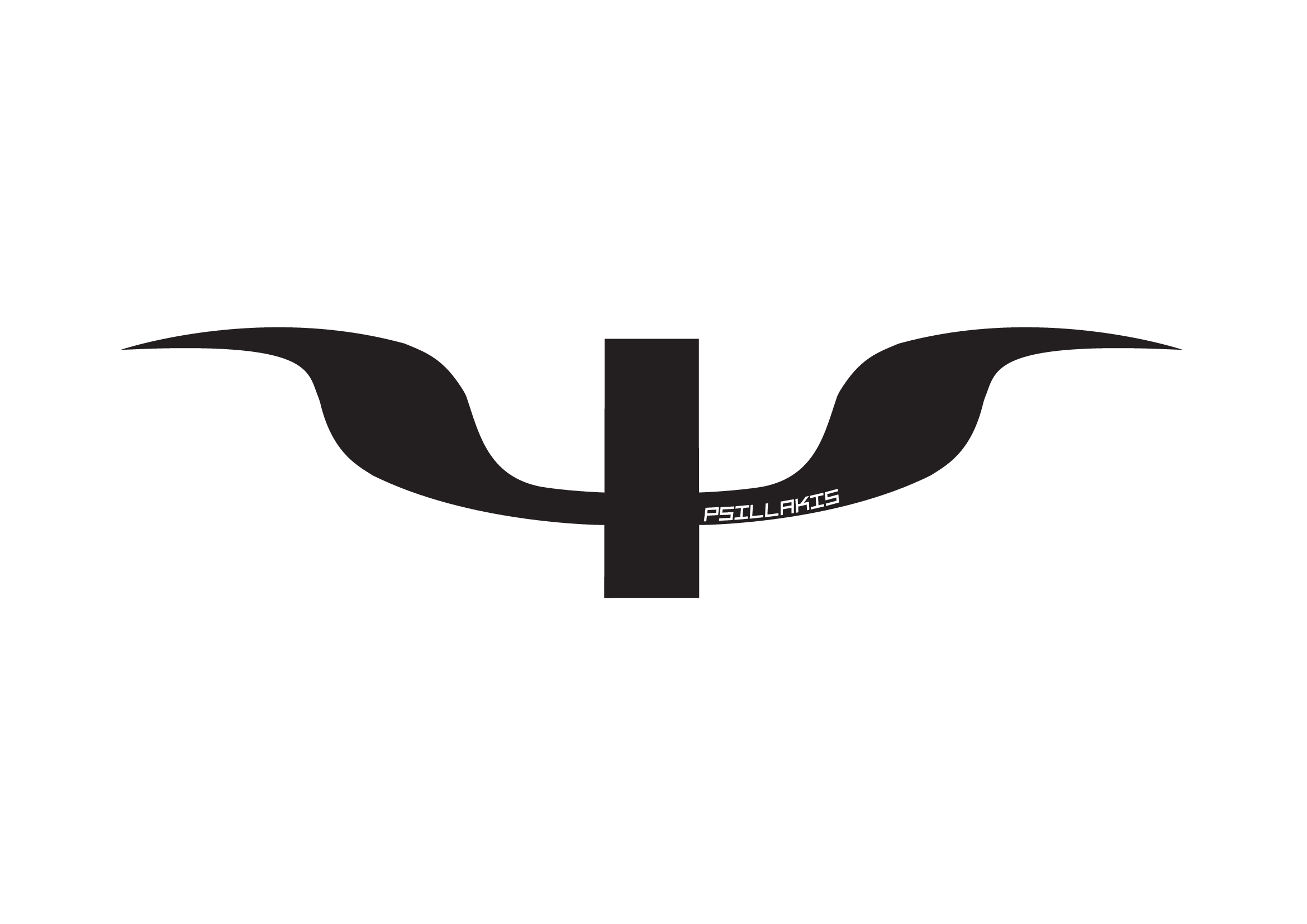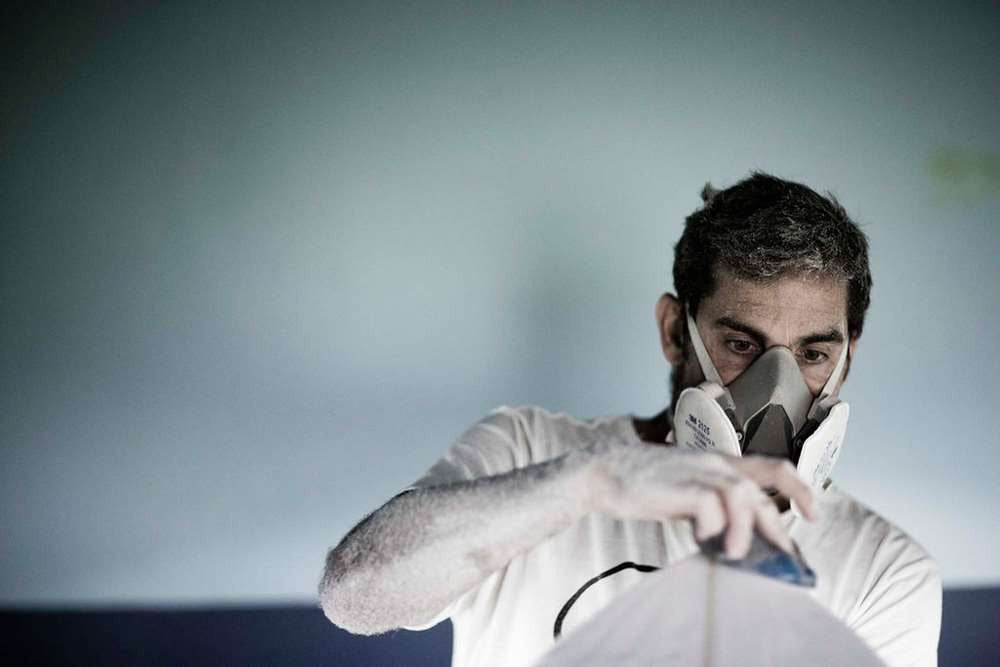Check out a feature interview I recently did with Coastalwatch:
When you step into the shaping bay of Psillakis surfboards you’ll find a bloke both well-travelled and well-barrelled. A journeyman in every sense, you’d be fooled to think Mike Psillakis is surfing more than he’s shaping but believe us, he’s actually dustier than a chimney sweep and twice as nimble on the planer. See, Mike spent eight years honing his craft under the keen eye of Simon Anderson and has since armed WCT dangermen Lee Winkler and Jarrad Howse with his fibreglass weapons, proving for certain that Mike is cut from the same cloth as his early mentors. We swung by Mike's Manly Vale factory for a magical journey through the designs that put Clouse and Wink on the map.
CW: Mike, if you could sum up your personality in one surfboard what would it be?
MP: I’d be a hybrid fish. I like the way that fishes flow with ease and there’s not too much going on in-between turns, but they can still throw a hack down when needed. That’s the way I’d like to see myself surf anyway! [Laughs]
Do you remember the first surfboard you ever shaped?
Yes. To this day I remember how that board went and what I did to it. It was 1989, and I'd spent six months of thinking about it, then half a day making it in the backyard of my parents place. In the water it did go fast, and did all the things that I thought it was going to do, but it also did some negative things too. It was a mono-thought design. With every positive thing you do with a surfboard there’s a negative as well. There’s always a compromise when you’re shaping a board.
How did these early ideas evolve through your career?
At 21, I had a keen interest in design. I was always trying to get info off my shapers at the time, why they did particular things. It’s been a journey for me. I spent eight years being mentored by Simon Anderson, and what I’ve learnt since then is that your ideas are not always necessarily the right ones. A lot of guys who don’t shape try to dictate their ideas, but I’ve been there, and I’ll say to them ‘it’s not always what you think, because you never stop learning.’ Especially, with all these other designs coming out, it’s opened up so many other doors. It’s always exciting.
But do these new designs compromise tradition in any way? How do you find a balance within this dynamic?
I handshape all my boards. I never use a machine, because ninety per cent of my work is custom orders. I feel like I’m a little bit more creative when I get in there and handshape a board from scratch in half an hour. I find what happens with the computer program is that it works off parametres and it will make a board that can perform well, but it’s not going to go magic. Handshaping a board means you can work on things slightly more extreme and the boards will have that little bit more of a magic ‘wow’ feel. There’s a lot of boards that work ‘good’ and when I say ‘good’ I mean ‘mediocre’, but good is a nice word. There’s just that extra special factor to a custom order handshape.
Now we know you’re no stranger to a good strike mission. What does a good surf trip do for your shaping?
I depends where I’m going, especially with places where you don’t know what the surf’s going to be like. I try to take as many boards as I can. There might be waves that are deep water ocean swells, so you need a lot more volume, flatter rockers and then you get the waves that are full bowly, sucky, shallow ledges. I try and take boards that will cover a wide range of conditions, which is a matter of knowing your equipment.
I imagine those experiences serve you well in helping the customer find the right board for their own trips?
Well I always ask them where they’re going and that gives you a good base to build upon. Whether they’re going to Indo, or South Africa, or if they’re going to Peru, or wherever, I know what the surf’s going to be like, and I know what kind of board is going to work best there. I make it accordingly to their weight and ability and in a way the experiences I’ve had in the water guide my decisions when shaping a board for a particular trip.
You wouldn't know this, but I bought one of your boards as a grom. It was second hand from Powerlinez surf shop and it had a purple spray on it... I think it was a chicks board?
Aww yeah, was it one of Elle’s?
Yeah Elle, that's right.
Elle Northy... from Northy.
Cool! I think I snapped that board in year ten or something, but it went sick!
You would have been pretty light if you were riding her boards.
Yeah. I was a bit of a wiener. Are those needle style shapes still relevant today?
Shortboards back then were super fine. These days I’ve beefed up my range because everyone’s riding two to three inches shorter. To keep the flow in your surfing and still staying strong off the bottom you need to pump up the volume and I definitely think there should be at least one board like that in everyone’s quiver. I love shaping them too because I love riding them.
Is that the secret to reinvention? To stay on trend?
Sometimes trends offer some level of improvement, but I do think a few people have gone too extreme regarding the length. You go too short and you’ll lose that drive. It’s always good to have a board that’s a little bit harder to surf and you’ve got to push it a little bit more, because I think in the long run it’s better for your surfing and your rail game. Especially when it comes to high performance shortboards. And when it’s a little pushy it’s always good to have a board that’s an inch or two longer.
How has shaping for high profile athletes like Lee Winkler influenced your skills as a craftsman?
The pros gave me a lot of good feedback. They are very demanding and challenging, but that can be a good thing. When you work with people like that, you’ve got to let your guard down and listen to what they want, because they know what they want in a board, then use your knowledge to make it work. It was really satisfying for me to give them a good one and see that they love it. Lee was probably my main rider, I helped put Jarrad Howse on the tour, with one of his best boards that year from me, through the WQS circuit. Then I’ve also made a bunch of boards for Nathan Webster over the years and Jordy Lawler when he was a full grom growing up. And a couple of groms around the area like Ben Walsh, Tommy Goldsmith and Sofia Bernard, as well as the local guys who rip.
Run us through the customer experience of ordering one of your boards…
Normally they’ll come in the shop, but they can email me or even talk over the phone, that’s the best way. When a person rings up Psillakis surfboards they are talking to Mike Psillakis, there’s no one in between. Straight from the horses mouth. The way it used to be, the way it should be.
If you could pick three boards from you range for a solid all round quiver, what would they be?
It depends what type of surfer you are, but if I had to choose three, I would suggest the Squid for the tiny days when you need low rocker and high rails to get you going. The Miss Curvaceous model for a forgiving high performance shortboard that will go great in mid-sized waves and suit a range of abilities, and a Contemporary Gun for charging on Indo trips and those rare big days at home.
Great stuff. What can we expect next from Psillakis surfboards?
I’ve got a lot of models now. You’ll notice that big companies are bringing out a new model every one or two months and the whole deal with that is they’re trying to keep the numbers up because they’ve created the monster and they’re feeding it. I’ve got my own designs, and I’m just fine tuning them every day. I’m not going to change them, I’m not going to make new models, I’m just perfecting what I have. Every model you see is not just made up hastily to get a new sale, they are well thought out designs that work.

